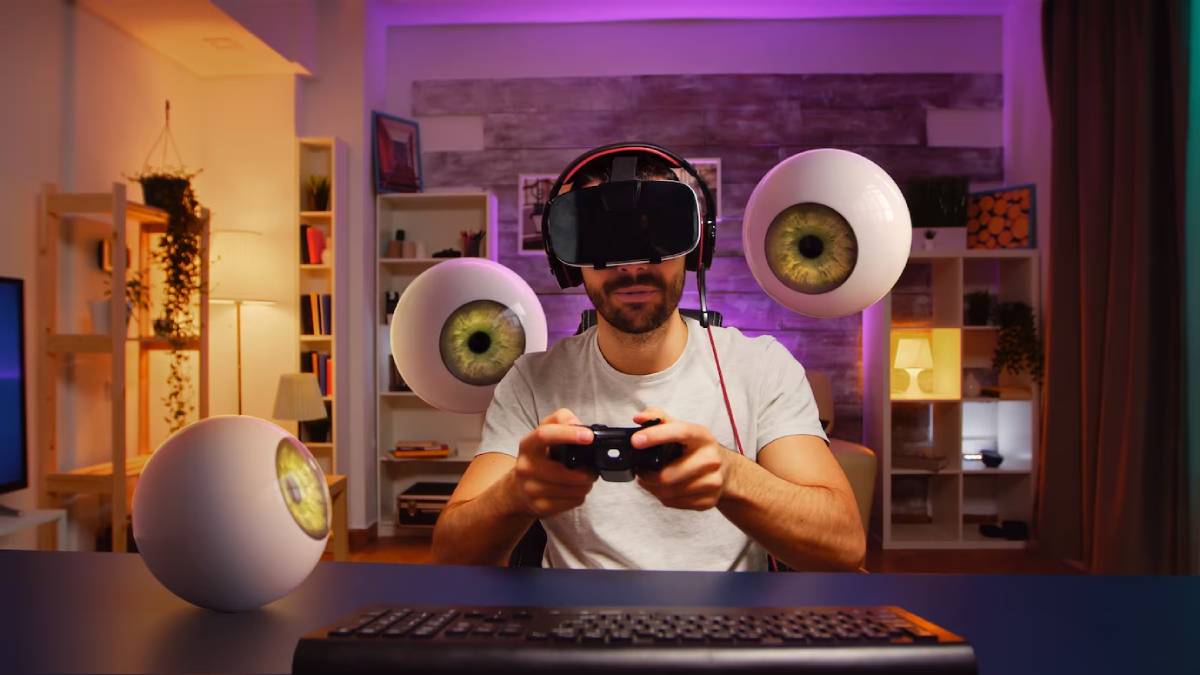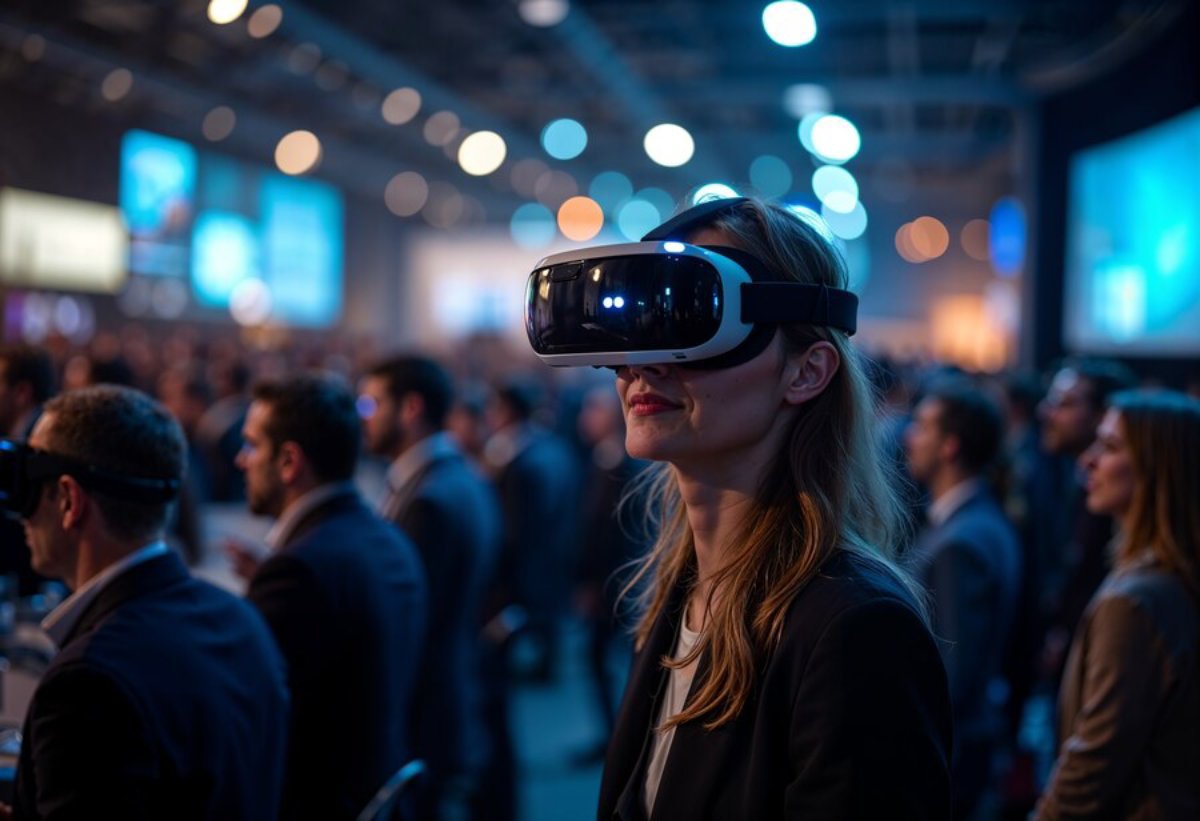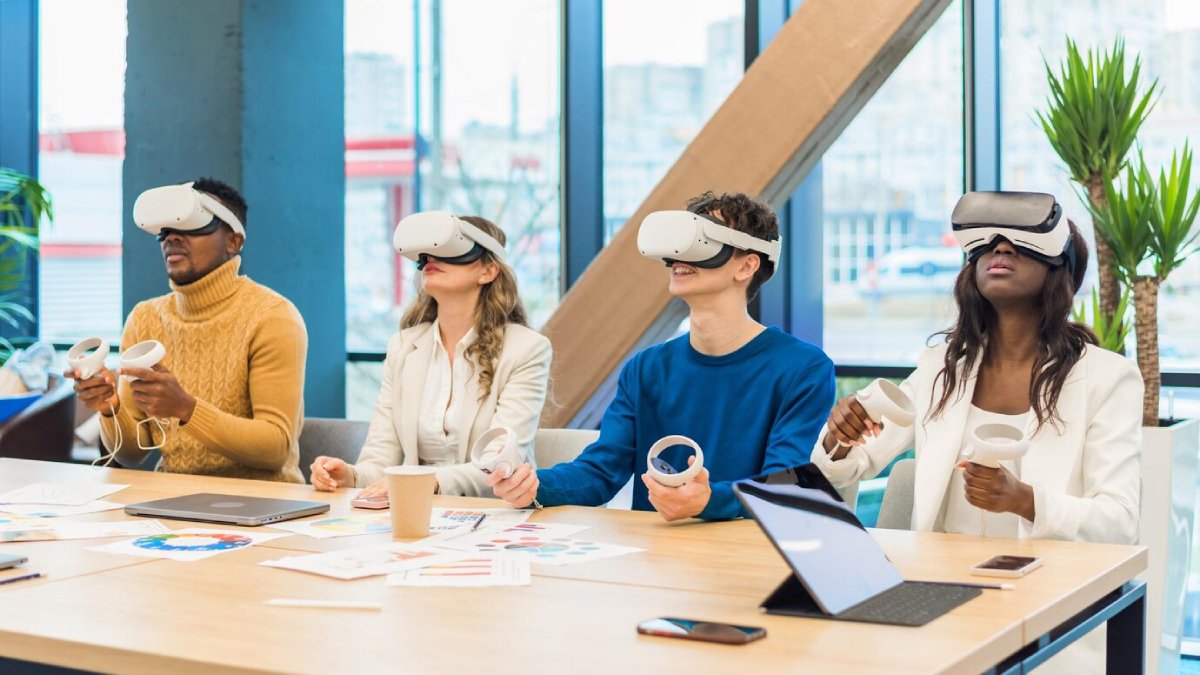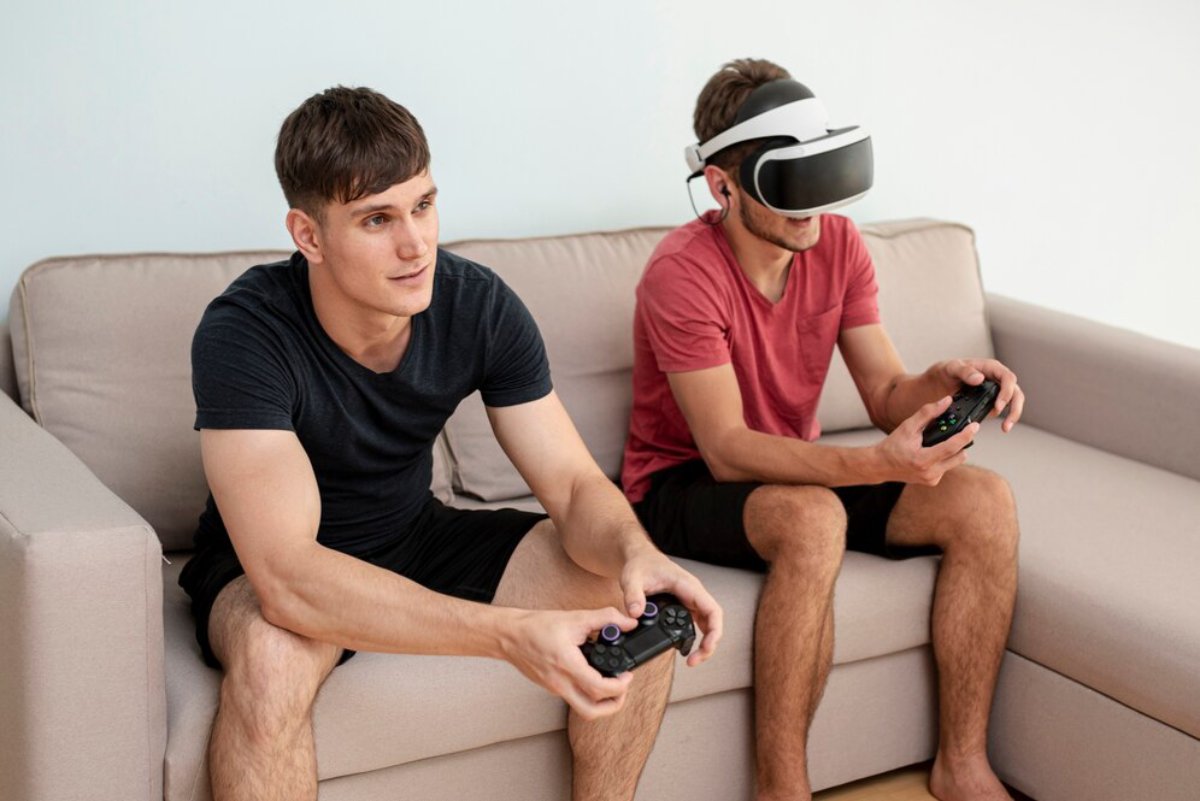
How to Prevent Motion Sickness While Playing VR Games
VR gaming is an adventure like no other. It immerses players in realistic worlds that feel very real. For some, however, this excitement can be tainted by an uninvited visitor: motion sickness. Read on to learn how to prevent VR games from making you motion sick. You’ll be at the right way for gaming much more comfortably. So, here are the smart tactics and tricks to reduce VR nausea. All of this will contribute to making your gaming sessions more enjoyable and last longer.
Understanding VR Motion Sickness
Motion sickness in VR, often called VR sickness, occurs when there’s a disconnect between what your eyes see and what your body feels. This sensory conflict can lead to symptoms such as dizziness, nausea, and even vomiting. Understanding the core of VR motion sickness is crucial to combatting it effectively.
Pro Tip: Eye Exercises: Engage in eye exercises to strengthen your eye muscles and improve focus within VR environments.
The Science Behind VR Motion Sickness
VR motion sickness is primarily caused by the brain receiving mixed signals. In a VR environment, your eyes perceive motion and movement, but your inner ear and body remain stationary. This mismatch can confuse the brain, leading to symptoms similar to traditional motion sickness experienced in cars or boats.
Why It Matters
With VR gaming’s growing popularity, addressing motion sickness is essential to ensure players can enjoy their experiences without discomfort. Reducing VR nausea not only enhances the gaming experience but also encourages more people to explore the vast possibilities VR offers.
Quick Guide to Preventing VR Motion Sickness
Before diving into detailed strategies, here’s a quick-reference checklist to help you manage VR motion sickness:
- Start Slowly: Gradually increase your VR playtime.
- Choose the Right VR Headset: Opt for headsets with higher refresh rates and resolution.
- Adjust In-Game Settings: Modify settings like field of view and movement speed.
- Stay Hydrated: Drink water before and during VR sessions.
- Take Breaks: Regularly pause to rest your eyes and body.
- Use Anti-Motion Sickness Remedies: Consider ginger or over-the-counter medications.
- Calibrate Your VR Space: Ensure your play area is free of obstacles.
Important Tip: Breathing Techniques: Practise deep breathing exercises to help calm your nervous system and reduce nausea.
Step-by-Step Guide to Reducing VR Nausea
1. Start with Short Sessions
When beginning with VR gaming, it’s advisable to start with short sessions. Gradually increase your playtime as your body adjusts to the virtual environment. This approach helps acclimate your brain to the new sensory inputs, reducing the risk of motion sickness.
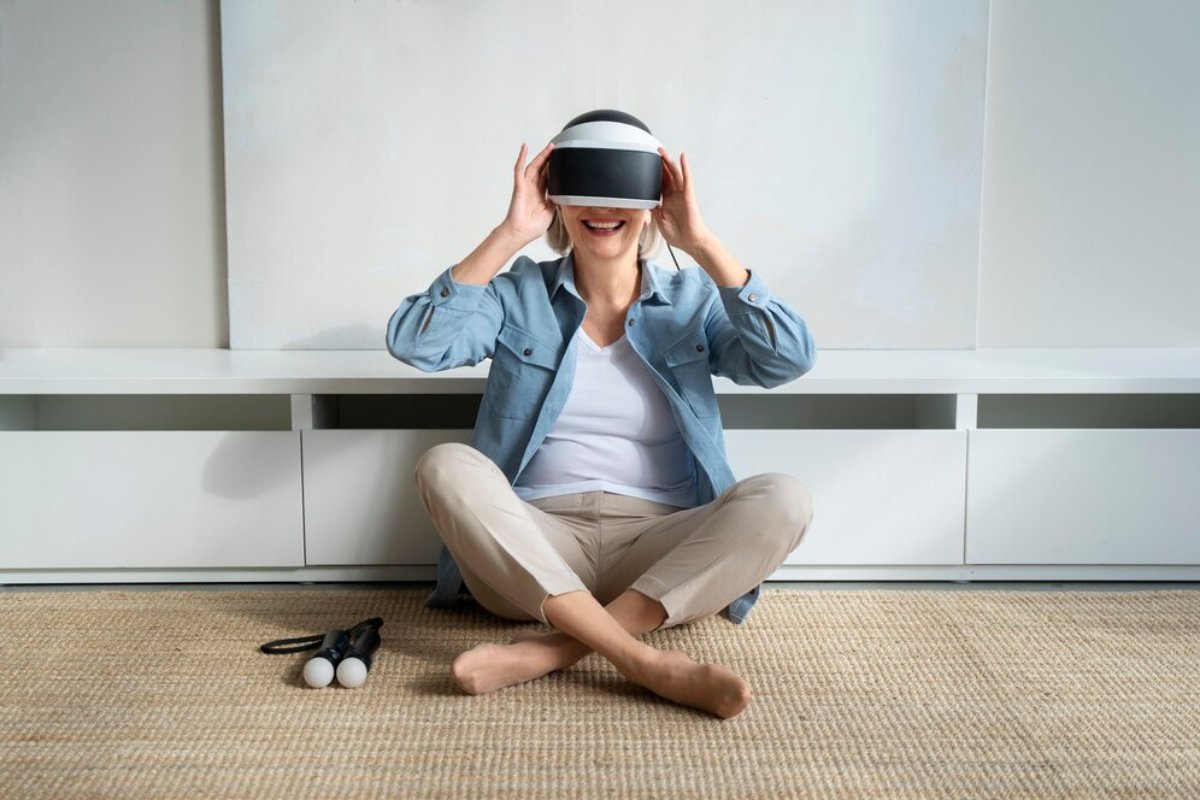
2. Choose the Right Equipment
Investing in a high-quality VR headset can make a significant difference. Look for headsets with higher refresh rates (at least 90 Hz) and better resolution, as these can provide smoother visuals, reducing the likelihood of nausea.
3. Optimise In-Game Settings
Many VR games offer settings that can be adjusted to reduce motion sickness. Consider the following adjustments:
- Field of View (FOV): A narrower FOV can help reduce peripheral vision movement, minimising dizziness.
- Movement Speed: Slower movement speeds can prevent disorientation.
- Teleportation: In games that allow it, use teleportation instead of smooth movement to navigate.
4. Maintain Proper Hydration and Nutrition
Staying hydrated is crucial when playing VR games. Dehydration can exacerbate symptoms of motion sickness. Additionally, avoid heavy meals before gaming sessions, as a full stomach can increase nausea.
5. Take Regular Breaks
Frequent breaks are essential in preventing VR motion sickness. Every 20–30 minutes, take a short break to rest your eyes and regain your sense of balance. Use this time to stretch or walk around, allowing your body to reset.
6. Consider Anti-Motion Sickness Remedies
For those particularly sensitive to motion sickness, remedies such as ginger supplements or over-the-counter medications like Dramamine can be helpful. However, consult a healthcare professional before using any medication.
7. Calibrate Your VR Environment
Ensure your play space is well-calibrated and free from obstacles. A cluttered area can contribute to disorientation and increase the risk of motion sickness.
Important Note: Mindset Matters: Approach VR gaming with a positive mindset, as anxiety can exacerbate symptoms.
Best Practices & Additional Insights
Gradual Acclimatisation
For those new to VR, gradual acclimatisation is key. Start with less intense games and gradually move to more demanding experiences. This method allows your body to adapt to the unique demands of VR gaming.
Monitor Your Symptoms
Pay attention to your body’s signals. If you begin to feel unwell, stop playing and take a break. Pushing through symptoms can lead to prolonged discomfort and a negative gaming experience.
Community Resources
Join online forums or communities dedicated to VR gaming. These platforms are excellent sources of advice, support, and shared experiences from fellow gamers who may have faced similar challenges.

FAQs
1. What is the most common cause of VR motion sickness?
The most common cause of VR motion sickness is the sensory conflict between visual inputs and physical sensations. This mismatch can lead to symptoms such as dizziness and nausea.
2. Can VR motion sickness be completely avoided?
While it may not be possible to completely eliminate VR motion sickness for everyone, following best practices and gradually acclimating to VR can significantly reduce symptoms for most users.
3. Are there specific VR games that are less likely to cause motion sickness?
Yes, games that use teleportation for movement or have a stationary viewpoint are generally less likely to cause motion sickness. Look for games with user-friendly settings that allow you to adjust movement and visuals.
4. How long does it take to adjust to VR?
The adjustment period varies for each individual. Some may acclimate within a few sessions, while others may take a few weeks. Consistent exposure in short, manageable sessions is key.
Comfortable VR Gaming: Your Path to Enjoyment
VR motion sickness will spoil your entire game experience. Knowing the causes and using the strategies in this guide, you can reduce VR nausea and level up your gaming. Paragrafukuumood: Enjoying gaming in virtual reality is about gradual acclimatisation, consciously picking the right kit, and breaking.
Use These Tips and Enjoy VR Gaming Today Without The Discomfort. So step into virtual reality, explore, and enjoy! Have you implemented any of these strategies, or do you have more to share? Join the conversation and share your experiences with fellow VR enthusiasts!
